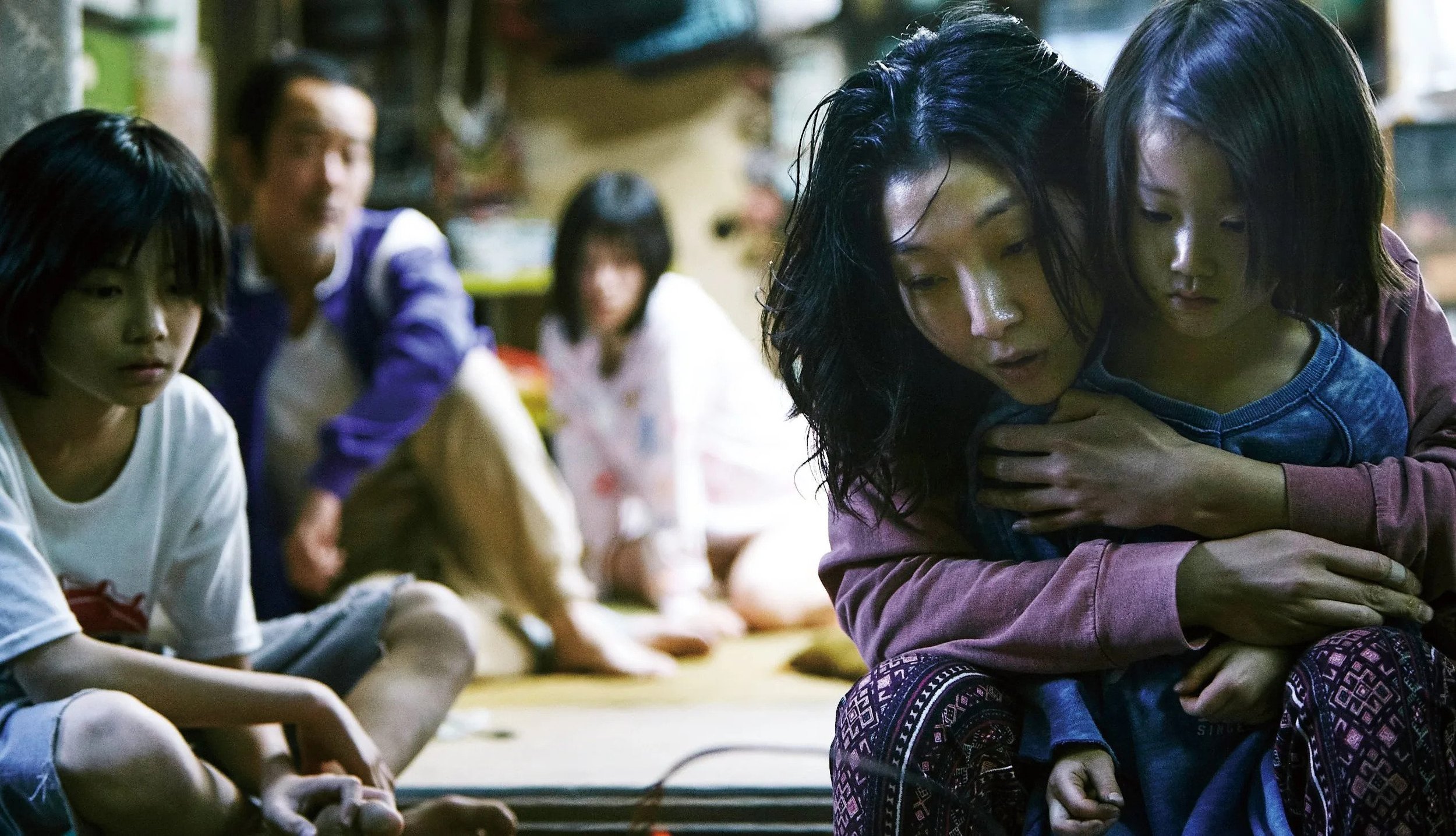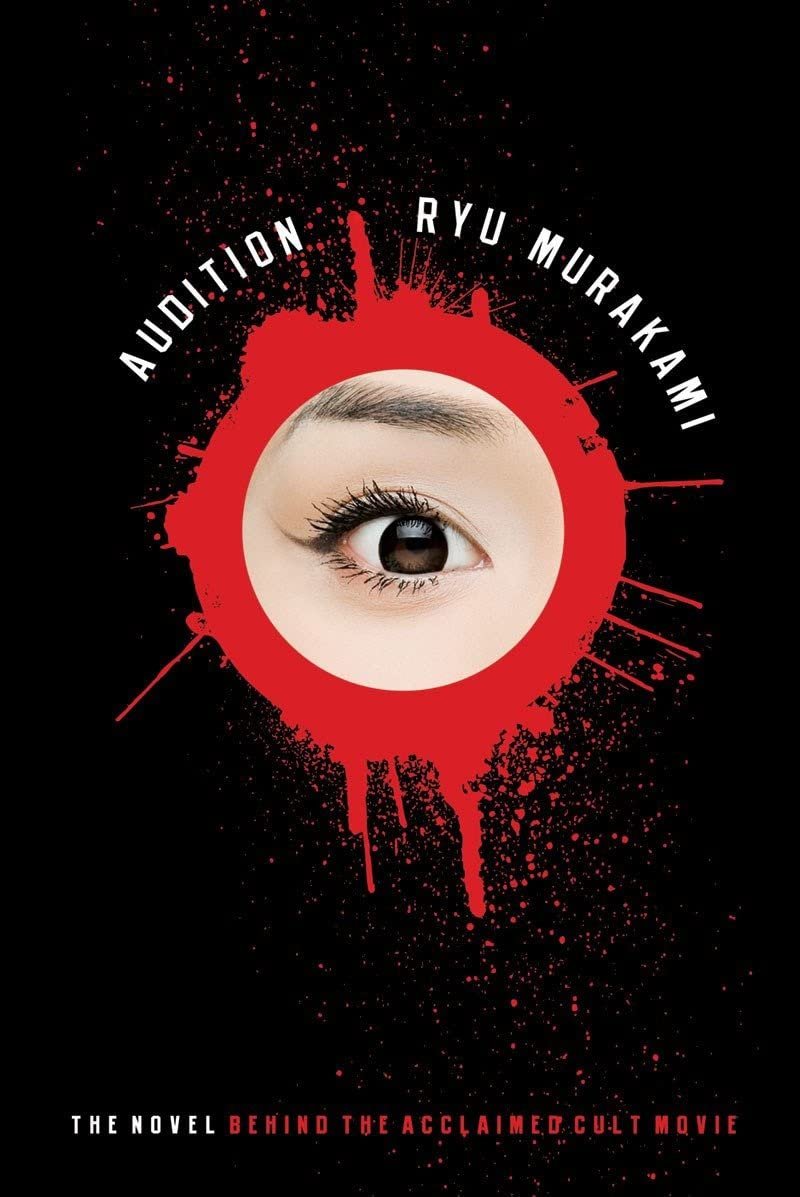An Sabukaru Introduction to Sion Sono

Japanese cinema might remind you of wholesome, hearty scenes, like the ones we see in Ghibli Studio movies, or tenderly humane and warm relationships, like in classic Yasujiro Ozu films. On the other hand, Sion Sono, a Japanese filmmaker, is not one bit interested in delicate, dainty touches, or a cozy happy ending story.
Brutal and point-blank grotesque, Sono movies are infamous to be abnormal, disturbing, and campy.
Cold Fish
Born in 1961, in the prefecture of Aichi in Japan, this cinematographer proudly claims to be anti-Ozu and hostile towards conventional and traditional Japanese film. Producing films since the 1990s, his style is characterized by maximalist aesthetics, over-the-top, deranged characters, and perverted tragedies, all stirred in a huge pot of ero guro [erotic gore in Japanese].
Sono Sion
Sono had a very eventful youth, which influenced many recurring themes in his films. At the age of 17, Sono ran away from his hometown and escaped to Tokyo. During his first night there, a woman in her 30’s approached him and asked if he wanted to stay at a hotel with her. Sono thought that this is how he would be losing his virginity but instead, once they got to their room, the lady pulled out some scissors and threatened to kill herself with him since she did not want to die alone. Fearing for his life, Sono promised to pretend to be her husband in front of her parents, at her request. He stayed with this woman after meeting her parents for a few weeks. When he had enough, she gave him about 30 000¥ [approximately 300 USD] and let him leave.
After this event, he was approached by a priest that promised him that faith in God would provide him food. Sono was practically broke and starving then, so he followed the priest, and eventually found himself stuck in the religious cult of the Moonies. After escaping, he joined a terrorist group of communist protesters that would riot against the expansion of Narita airport, for the only reason that he was hungry and was afraid the Moonies cult would find him if he was simply roaming around. After a couple of months in Tokyo, Sono found his way back home and never dwelled back into these groups.
Anti-Porno
As a child, Sono had a fascination for movies and he remembers that his childhood celebrity crush was Ingrid Bergman. However, due to his shy nature, young Sono never thought he’d be a filmmaker, as it required to work in teams, and preferred to be creative in solitude.
From there, he took on poetry. Originally, Sono would be content writing on paper, but found himself wanting something with a stronger impact, and started transcribing his poems onto walls and bathroom stalls, which lead to the clever idea of filming himself read them aloud. This liberated him, propelling him into making movies. Sono moved to the United States during the early 1990s to study film at the University of California, Berkeley, but skipped all of his classes to dedicate his time watching B-movies and pornos. The director says that his years just watching B-movies helped him greatly and still inspire him to this day. The year 2001 was a turning point for Sion Sono, as this was when his most remarkable work, Suicide Club, was released. It was a success worldwide, setting the tone for Sono’s career in the cinema industry.
Himizu
Sion Sono’s approach to movies is very distinct. He produces movies at such a speed with low to medium budgets that never fail to leave critics speechless. Additionally, although horrifying and blood-soaked enough to scare off Rambo, his movies are not exactly categorized as regular horror movies, since this filmmaker brushes on important subjects, like unhealthy familial relationships, domestic and sexual violence, mental health, and other topics that are still taboo to Japanese society. Eye-catching, vivacious, orchestral, and very theatrical, Sono presents crazy plots that seem out of touch with reality but are in fact in tune with modern issues.
Here’s a non-exhaustive list of Sabukaru’s best Sono Sion picks.
Disclaimer for future viewers: some or all movies listed below contain violence, sexual violence, blood and harsh language.
LOve Exposure [Ai No Nukidashi], 2008
Love Exposure, 2008
Yu, a young Christian boy, is resolute to find a girl as pure and sacred as the Virgin Mary. This girl happens to be his new step-sister, Yoko. Yu decides to try and conquer her while conspicuously dressed up in his drag-like alter ego, since his true identity is nothing less than a perverted pro at upskirt photography of unsuspecting women.
A lengthy 4-hour movie, Love Exposure is much more than a comedic melodrama of a teenage romance. Yu has to save Yoko from getting brain-washed by a religious cult. A cinematographic hot mess, there’s Kurt Cobain compared to Jesus, constant innuendos, a son who sins just to get closer to his priest father, schoolgirls as cult leaders, and the acrid taste of revenge.
Yoko as the Virgin Mary
It’s by far the most overwhelming film you’ll ever watch, and as if this isn’t dumbfounding enough, it’s partly based on true events, as Sono claims he found inspiration in one of his friend’s life story.
Love Exposure, 2008
Himizu, 2012
Himizu, 2012
Himizu is a heartwrenching story about two teens in the aftermath of the March 2011 earthquake in Fukushima, roughly inspired by the manga of the same title by Minoru Furuya. Keiko Chazawa, a middle school student, leaves her abusive home to stalk her miserable school crush Yuichi Sumida, who’s leading an equally turbulent life. The teenage boy lives in a rental boat shop with a mother constantly running off with men and an absent alcoholic father.
Fumi Nikaidō as Keiko Shazawa
The teenager’s relationship is tumultuous as they both try to grow out of their dirt-poor lifestyle and fear in vain. One day, Sumida is ordered by members of the yakuza to pay back a massive sum of 6 million yen that his indebted father stole from them. They’re faced with little to no options of surviving this threat.
One of the milder Sono movies in comparison, Himizu shows a hidden reality of the aftermath of the Great Tohoku Earthquake. Even if it seems to lack the flashy, avant-garde aesthetic of his style, he delivered an excruciating and touching film about despair, friendship, and survival.
Shota Sometani as Yuichi Sumida
Suicide Club [Jisatsu Sakuru], 2001
Suicide Club, 2001
54 high school girls simultaneously commit suicide on a busy train platform in Tokyo. This dominoes into a succession of group and solo suicides across the country. A young girl named Mitsuko alerts the police when she is rammed by the body of her late boyfriend, who threw himself off of a building. Detective Kuroda, Murata, and Shibusawa conclude that this is linked to the recent mass suicides.
Suicide Club, 2001
Along with strange rolls of skin that were left at the scenes of the dead bodies, they start a risky and perplexing investigation on who might be the leader of this death cult. Leads get confusing when the innocent facade of the J-pop group Dessert starts breaking down.
Suicide Club, 2001
Suicide Club is a horrifying and ambiguous critique of contemporary Japanese society and youth culture. Sion Sono releases a sequel to this movie, Noriko’s Dinner Table, in 2005.
Cold Fish [Tsumetai Nettaigyo], 2010
Cold Fish, 2010
Shy and meek Shamoto is the owner of a tropical fish shop, living a bleak life with his second wife, Taeko, and his teenage daughter, Mitsuko. Shamoto gets in contact with Murata, a flashy and gregarious man, who also happens to be selling tropical fish, however on a far more successful level.
Denden as Murata and Asuka Kurosawa as his wife
From there, the main character’s life goes downhill, finding himself trapped in the twisted business scheme of Murata. A gruesome story about the tension between cowardness and power, Cold Fish explores deliverance and manipulation with a hefty scoop of gore and guilty victims.
Cold Fish, 2010
With its orchestral murders and detailed butchering scenes, the worst part of it all is, it’s also based on a true story.
Anti-Porno, 2016
Anti-Porno, 2016
Anti-Porno is Sono’s take on a softcore sexploitation film.
Ami Tomite as Kyoko
It stars Kyoko, playing the role of a famous artist living a life of luxury and excess as she gets off to humiliating her older assistant, Noriko. On the other hand, when the camera turns backstage to the male-dominated crew, Kyoko is an underage, unsuccessful pornstar who is dealing with the grief that her late sister left her with.
Anti-Porno, 2016
Extremely colorful, haute-couture, and dramatic at times, this movie denounces abuse and misogyny in the pink film industry. Anti-Porno is a mere 76 minutes but Sono was applauded for his feminist messages.
About the Author:
Mizuki Khoury
Born in Montreal, based in Tokyo. Sabukaru’s senior writer and works as an artist under Exit Number Five.







